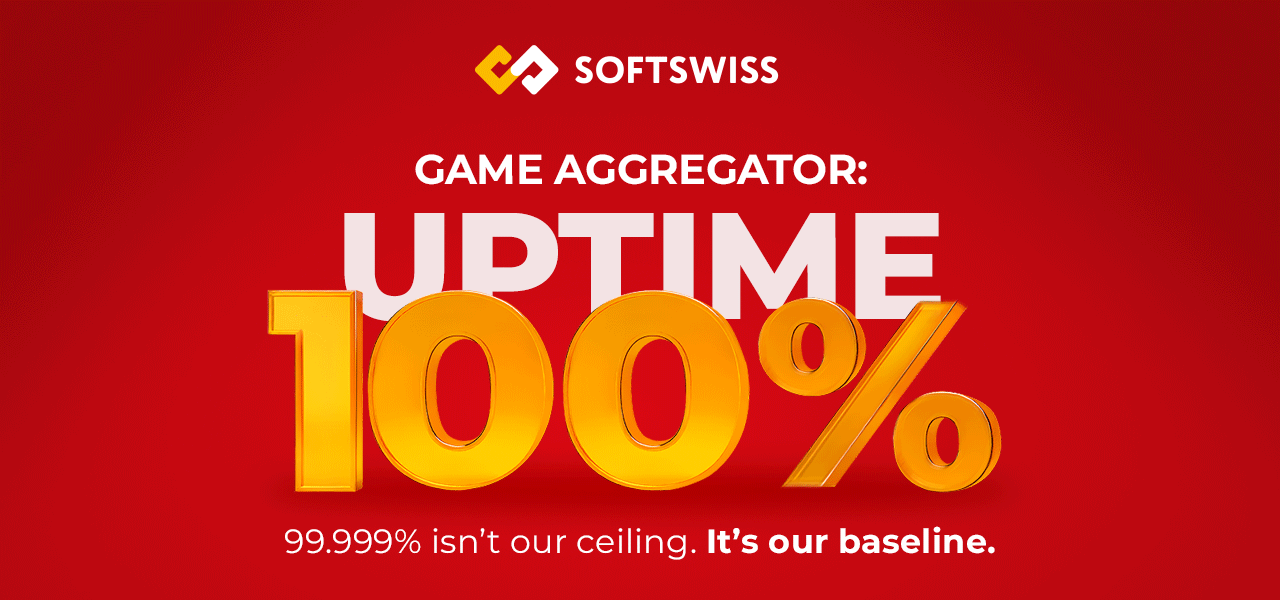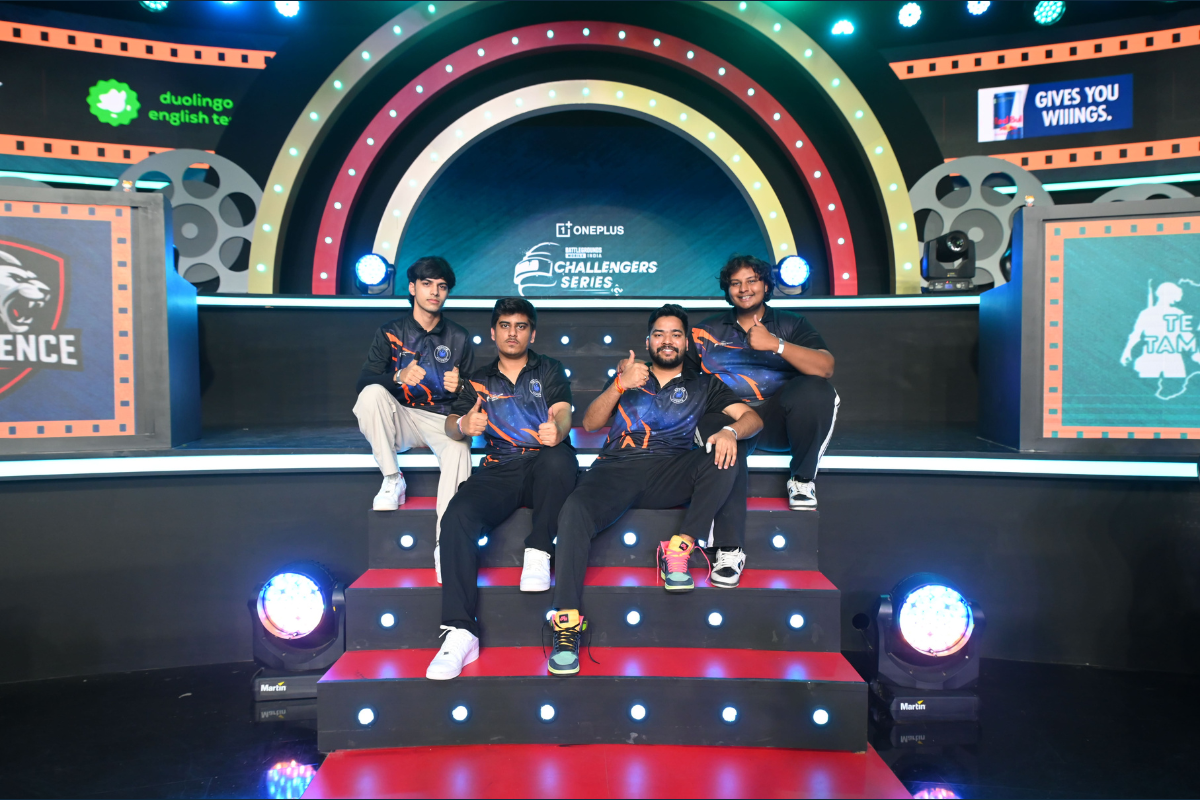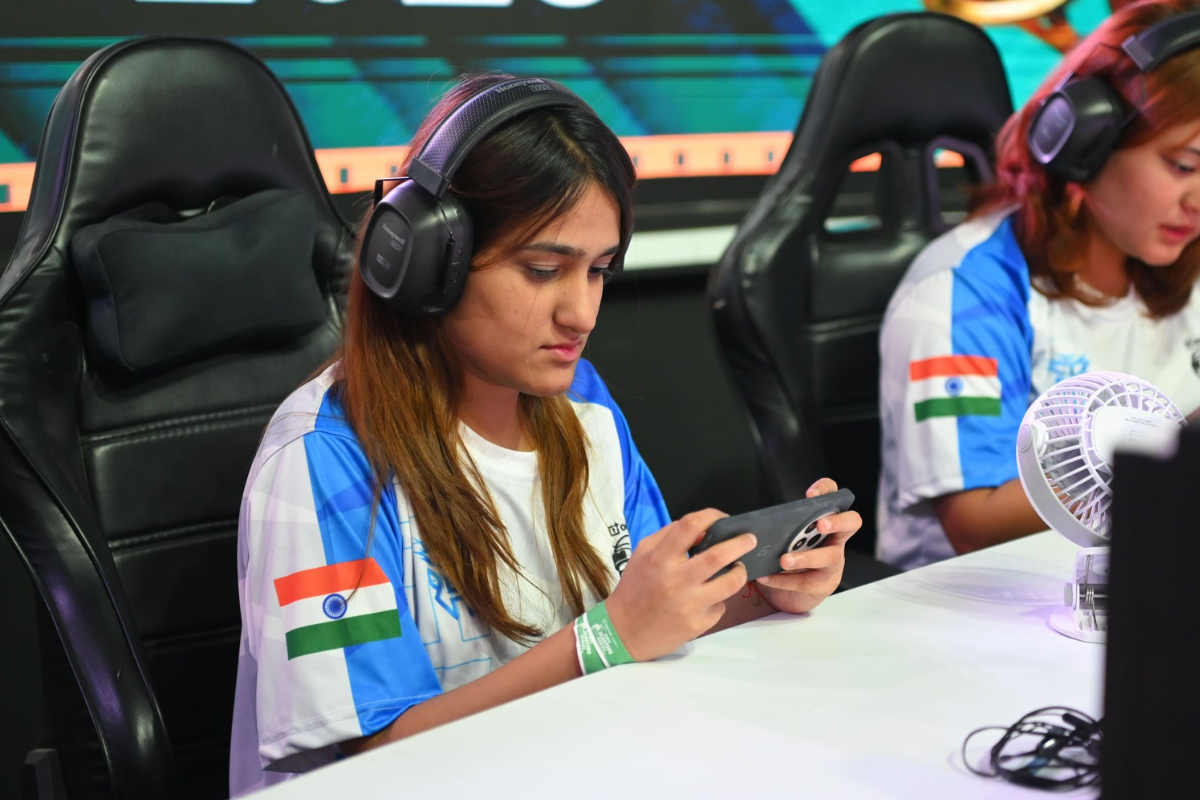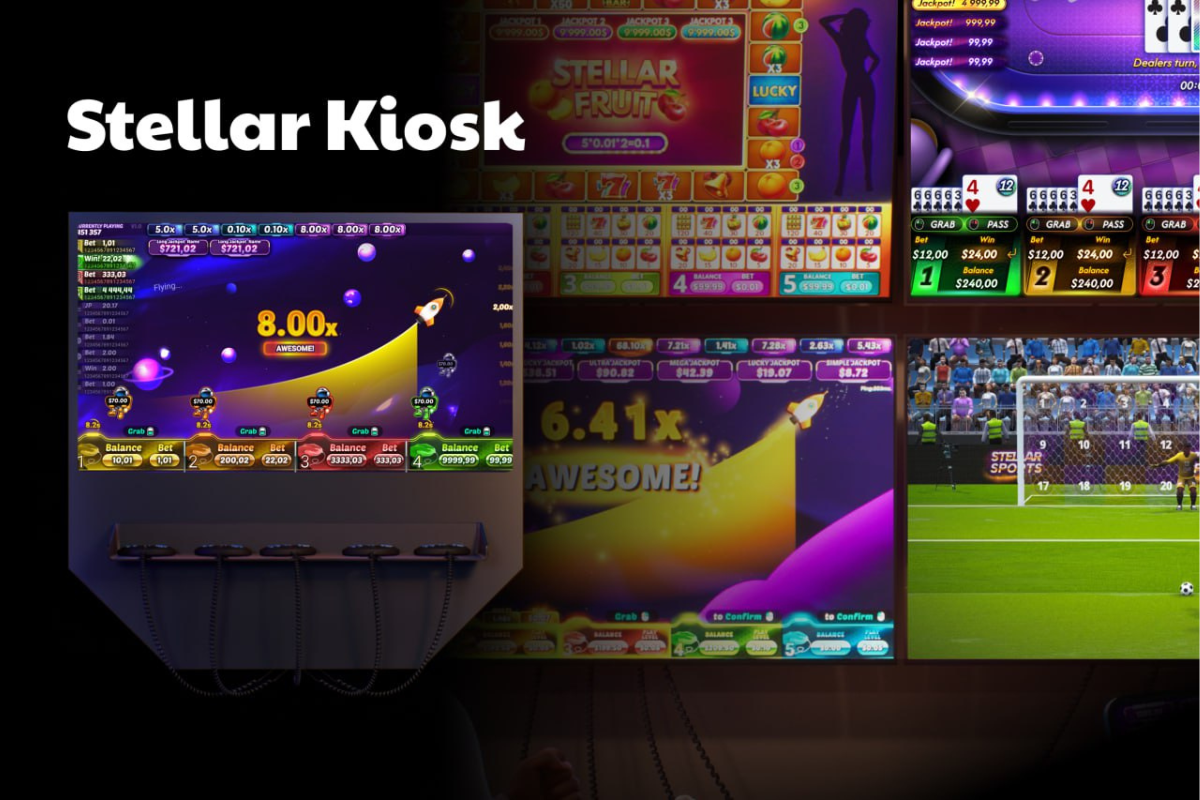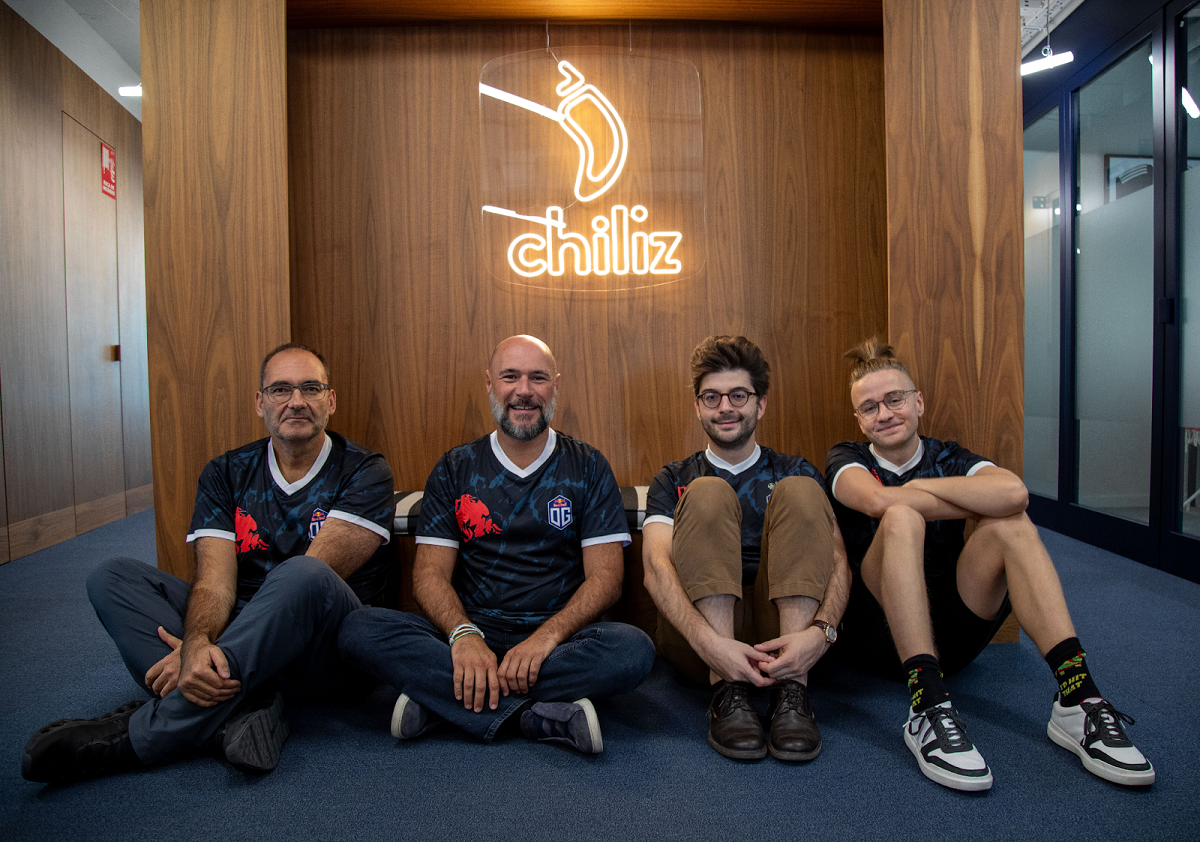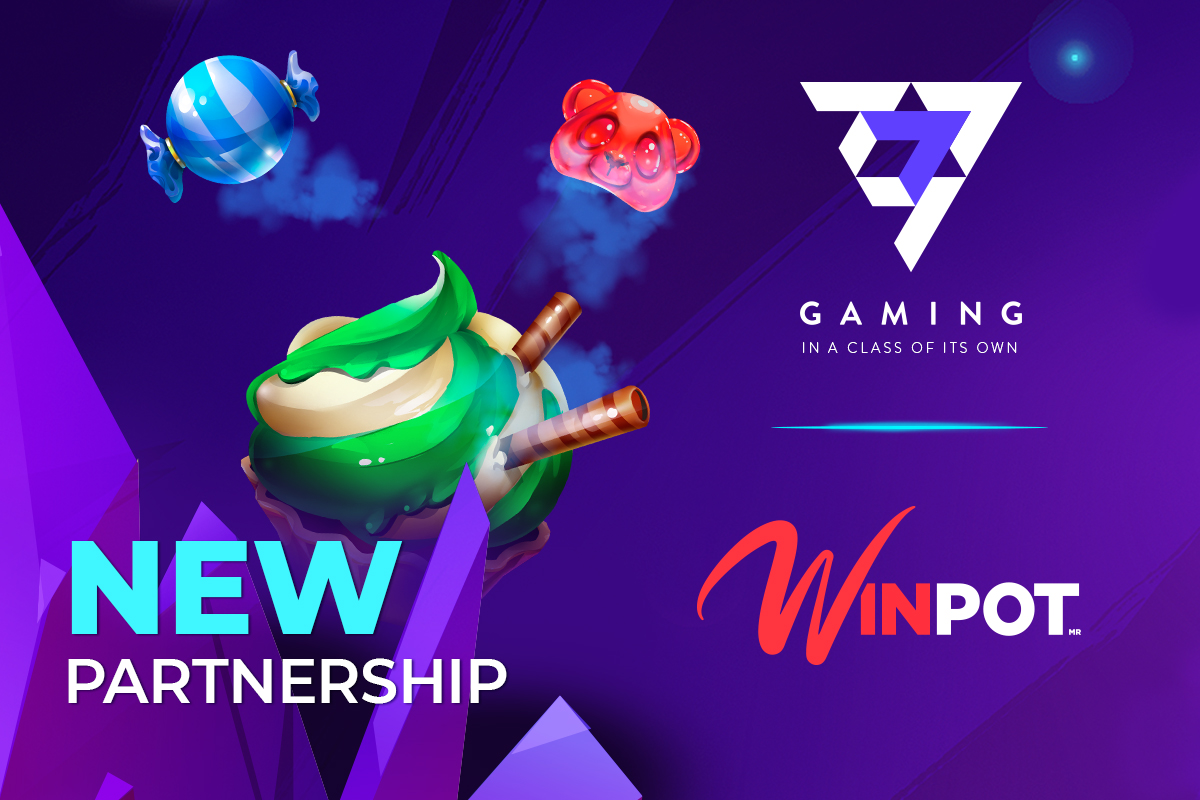Asia
Not just a trend: Inclusion of Gamification in education

Esports has now become a multi-billion-dollar industry that has advanced in a short span of time, thanks to its growing demand considering its strength to attract people. Moreover, the abundant exposure of digitalisation of almost every format is a way of living for the millennials and Gen Z.
Identifying the popularity of esports, especially among the age-group who are still students, the new-age learning system applied its potential as a powerful, engaging tool to educate and reach students from different stages. The process can enhance students’ engagement levels to what games usually do while improving their particular skills and optimising their learning. This also proves to be a simple medium to create an inclusive and welcoming learning environment and learn in a way which they would enjoy. Education institutions are smartly blending gaming-based learning practices and esports into their curriculum, intending to maximise students’ interest in learning more while excluding any additional burden/pressure on them. The benefits of this learning process go beyond the four walls of the classroom and into the students’ lives.
Game-based elements applied for scoring points, setting a healthy competing environment among the fellow students, rooting teamwork and leadership skills, score tables, assimilating new information, testing their knowledge, and many more, allow students to be surrounded with an atmosphere that helps them with their overall development. But, among all its benefits, the best advantage of this is, it is self-teaching, giving anyone and everyone the access to use it.
Shivam Rao, as the Co-Founder and the COO of Trinity Gaming, India’s top gaming talent management company, and a gaming fanatic himself, keeps a close watch on this new trend. Some of the ways to apply gaming into education are:
1. Including points system for every academic and non-academic objective achieved:
Encouraging students through a point system to upgrade their knowledge and frame it in the best possible way, just like it is done during the offline evaluation system. On the non-academic front, there could be a points system for the students who deliver the task within a set period of time or did exceptionally well constantly.
2. Creating interesting challenges and barriers to level up
This proves to be a great encouragement material as these challenges could be anything ranging from academics to creativity or even logistics.
3. Introducing competitions
Challenging fellow students or the students from other classes is a great way to encourage students. Even teachers can join them through these challenges, forming teams, elevating teachers and students’ relations.
4. Evaluation of the performances
Giving a reality check is also important for the students to better evaluate, identify the problem, and with the support of their mentors, they find the solution to it. This is also the perfect way to identify where their strength lies. The personalised breakdown of one’s performance motivates them to work harder to achieve their goals.
5. Using different methods of ‘PROGRESSION’
The students who successfully achieve the milestone can ‘Level Up’ with rewards like extra playtime or some bonus, or it could be a session on the computers or a chance to be a class perfect for the month and so on and so forth.
Interestingly, the Indian parents and the educational institutions are adapting to this change and are coming to terms with this setup. Especially after the pandemic hit and with schools remaining shut, it was really difficult for parents to balance their professional life while ensuring their kids did not suffer from their education. However, with digital classes and the widespread growth of gamification of learning, the process was smoother.
This format makes students feel that they have the authorship over their learning process; they are not dependent and give them a sense of achievement which boosts their confidence. They are learning in a more relaxed atmosphere, and even if they encounter any failure, which can be easily turned around by simply trying again. Students are often more stress-free in the gaming environment and are not scared to make mistakes; after all, they have not been called out in the middle of the class to encounter any form of embarrassment. Instead, it allows them to uncover an intrinsic motivation to learn more. This also makes learning more measurable through the different progress indicators. Learning becomes more fun for sure, especially when they even get to explore different avatars or characters to study and play virtually at the same time. The learning process has become more than just filling worksheets.
The power of esports has not only amplified in the e-learning settings, but it has also shown some tremendous impact for corporate companies, where gamification has been introduced to train their employees. It triggers powerful human emotions such as happiness, curiosity, excitement, a sense of achievement and accomplishment. Sighting the proven positive results, several sectors are inducing gamification to advance their respective formats and generate marvellous results.
-
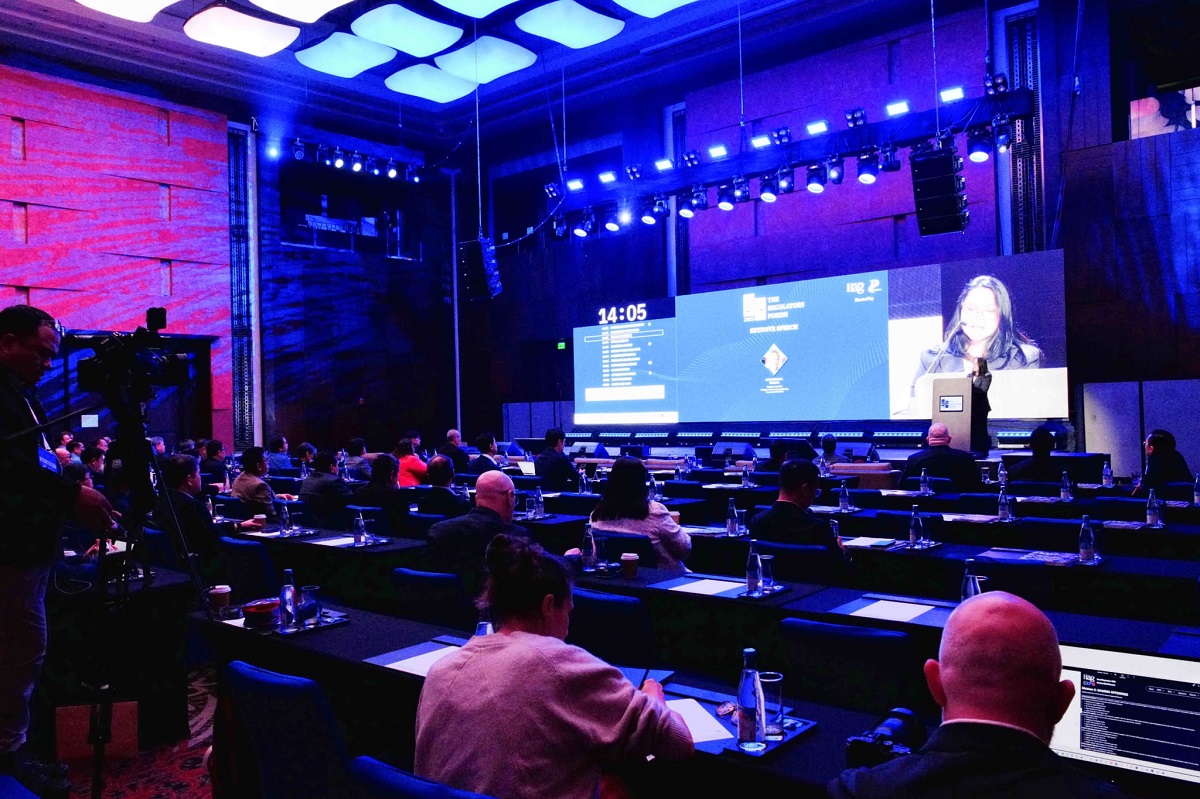
 Asia5 days ago
Asia5 days agoDigital gaming disruption tackled in 1st AsPac Regulators’ Forum
-

 Africa7 days ago
Africa7 days agoKiron announces the launch of its new virtual football title, Turbo League, with SportPesa in Kenya and Tanzania
-

 Aquisitions/Mergers7 days ago
Aquisitions/Mergers7 days agoNOVOMATIC successfully completes sale of ADMIRAL Austria to Tipico and focuses on international growth markets
-

 Compliance Updates6 days ago
Compliance Updates6 days agoSOFTSWISS Releases Gambling Regulation Directory for iGaming Operators
-

 Compliance Updates6 days ago
Compliance Updates6 days agoAlternative Dispute Resolution (ADR) Role and Certification
-

 Asia6 days ago
Asia6 days agoiRace Media extends partnership with The Hong Kong Jockey Club in Asia
-

 Central Europe6 days ago
Central Europe6 days agoSYNOT Games Delivers Bespoke Games Exclusively for SazkaHry.sk in the Slovak Market
-

 Latest News6 days ago
Latest News6 days agoIs Horse Racing Betting Still Popular In Europe?

